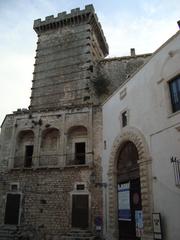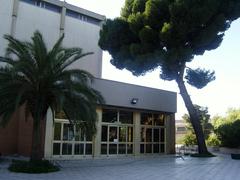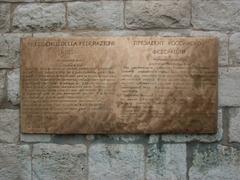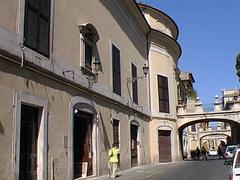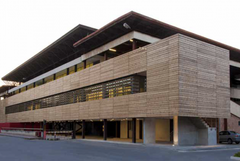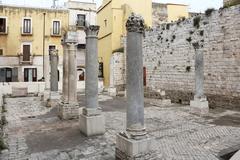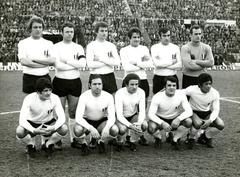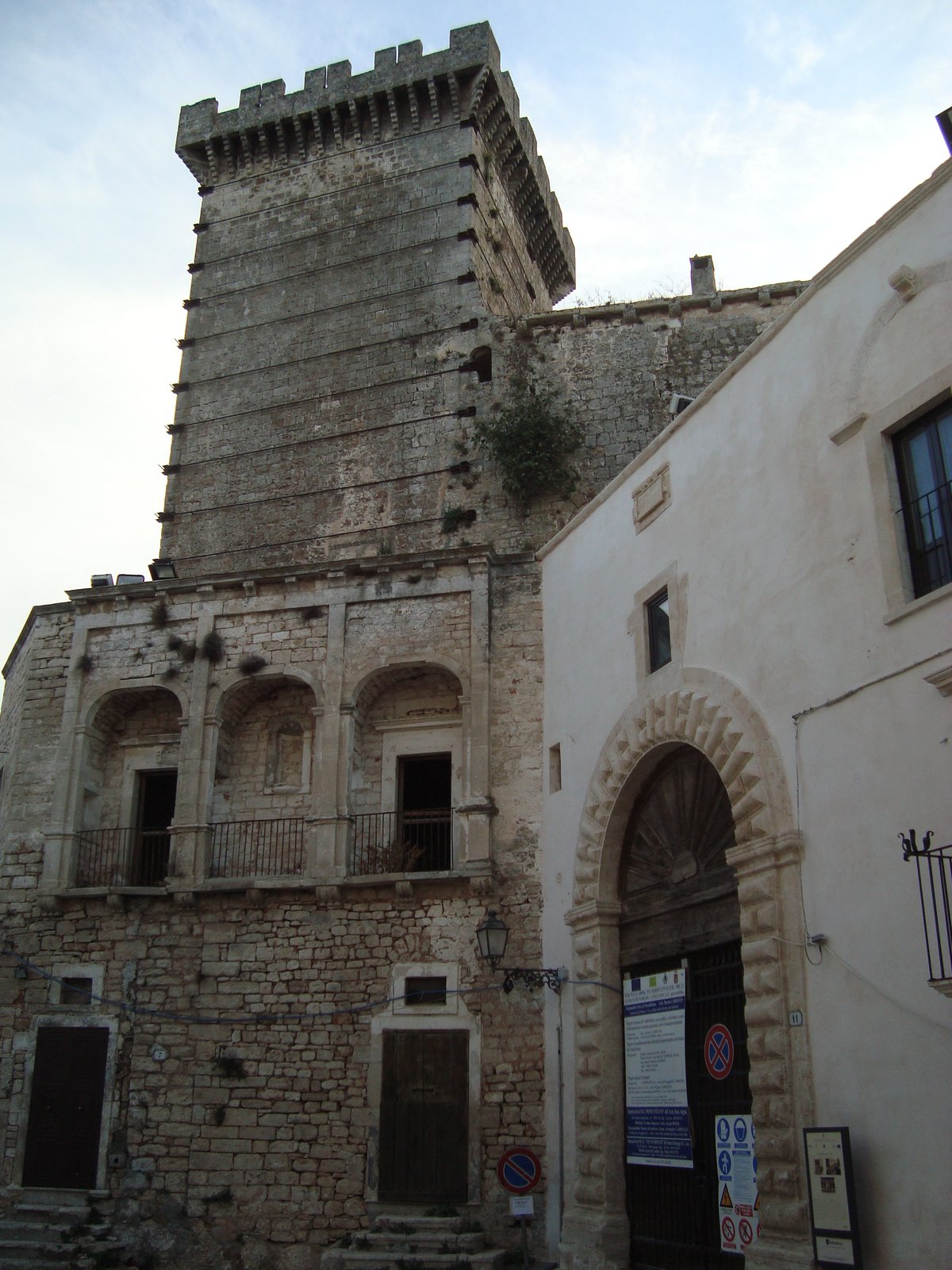
Visiting Castello di Ceglie in Bari, Italy: Complete Guide with Tickets, Hours, and Tips
Date: 14/06/2025
Introduction: Castello di Ceglie’s History and Significance
Castello di Ceglie, also referred to as Castello Normanno-Svevo di Bari or Castello di Ceglie del Campo, is a remarkable medieval fortress in the Apulia region of Southern Italy. With origins dating back to the 11th–12th centuries, the castle showcases a complex history shaped by Norman, Swabian, Angevin, Aragonese, and Spanish rulers. Originally built as a defensive bastion following the Norman conquest under Robert Guiscard, the castle evolved into a noble residence and administrative center. Its imposing limestone walls, towers, and Renaissance additions reflect centuries of architectural transformation and strategic adaptation (Miss Tourist, visit.puglia.it, Monday Feelings).
Today, Castello di Ceglie stands as a symbol of Bari’s rich heritage. Visitors can explore its preserved halls, panoramic terraces, and vibrant cultural events, making it an essential stop for history enthusiasts, architecture lovers, and cultural explorers alike. This guide provides detailed information on the castle’s history, architecture, tickets, visiting hours, accessibility, and practical tips to ensure a rewarding visit.
Contents
- Origins and Historical Development
- Architectural Features and Evolution
- Key Historical Figures and Events
- Visiting Information: Hours, Tickets, and Access
- Museum Exhibitions and Cultural Events
- Nearby Attractions
- FAQs
- Visitor Tips and Recommendations
- Sources
Origins and Historical Development
Castello di Ceglie’s foundations rest on a legacy of ancient settlement, with evidence of Roman masonry (opus reticulatum) visible beneath its medieval structures. The Normans, recognizing Bari’s strategic port location, established the castle in the 12th century as part of their network to secure Southern Italy (visit.puglia.it). The fortress was initially designed for military defense, with a quadrangular keep, robust walls, and lookout towers.
Subsequent rulers expanded and fortified the castle:
- Swabian Era: Frederick II, Holy Roman Emperor, enhanced fortifications and added Hohenstaufen elements, adapting the castle to evolving military needs.
- Angevin and Aragonese Periods: Modifications included thicker walls and bastions to withstand artillery, and the transformation of interior spaces for administrative and residential use.
- Renaissance and Beyond: The castle’s role shifted toward noble residence, featuring decorative portals, frescoed halls, and the conversion of stables into agricultural spaces.
The castle was also used as a prison and barracks during later centuries, before entering a period of decline and subsequent restoration in modern times (Monday Feelings, mondimedievali.net).
Architectural Features and Evolution
Roman and Norman Foundations
Distinctive Roman foundations utilizing the opus reticulatum technique are visible, particularly beneath the hanging garden. The Norman keep, nearly 35 meters high, is built directly atop these ancient structures, forming a rare architectural palimpsest. Four control windows in the tower historically oversaw main routes connecting Benevento, Egnatia, Bari, and Taranto, underscoring the castle’s enduring strategic role (visit.puglia.it).
Medieval and Renaissance Modifications
- Curtain Walls and Towers: 15th-century enhancements strengthened the castle’s defensive capabilities.
- Entrances and Portals: Two main portals remain, one retaining drawbridge chain holes and another adorned with the Grimaldi family coat of arms.
- Defensive Innovations: Features include arrow slits, machicolations, and fortified gates, reflecting responses to advancements in siege warfare.
- Interior Spaces: A full-arch portal with rustic ashlar leads to an atrium with a well supported by Corinthian columns and noble coats of arms. The castle’s interior boasts Renaissance frescoes and medieval gardens (visit.puglia.it).
Later Adaptations
In the 18th and 19th centuries, stables were converted into an oil mill, and parts of the castle supported the Basilica and Chapter of San Nicola. Urban expansion has enveloped the castle, but key structures such as the Norman tower and curtain walls remain visible from Piazza Castello (minube.it).
Key Historical Figures and Events
- Frederick II of Swabia: Oversaw significant expansions and architectural enhancements, leaving a lasting legacy across Apulia (Monday Feelings).
- Angevin and Aragonese Governors: Used the castle as a residence and administrative hub.
- The Grimaldi Princes: Their coat of arms marks the castle’s historical portal.
- Modern Restoration: Ongoing conservation efforts have repurposed the castle as a cultural venue and museum (mondimedievali.net).
Visiting Information: Hours, Tickets, and Access
Opening Hours
Castello di Ceglie is generally open Tuesday to Sunday, 9:00 AM–6:00 PM (last admission 5:30 PM); closed on Mondays and public holidays. Check the official website or local tourism offices for seasonal updates.
Ticket Prices
- Adults: €5–€8 (varies by site/exhibition)
- Reduced: €2–€3 (students, seniors)
- Children under 12: Free
- Exhibition ticket: €9 (special events)
- Guided tours: Small additional fee, booking recommended
Tickets can be purchased on-site or online through visit.puglia.it.
Accessibility
Main areas offer wheelchair access, but some historic sections have limited accessibility due to stairs and uneven surfaces. Contact the administration in advance for specific needs.
Getting There
Located at Piazza di Ceglie del Campo Castello 5, Bari (postal code 70129), the castle is accessible by local buses, taxis, and car (with nearby parking). Bari Centrale station is about a 20-minute walk away.
Museum Exhibitions and Cultural Events
Within the castle, visitors will find:
- Permanent and Temporary Exhibitions: Medieval weaponry, archaeological artifacts, and Peucetian-era reproductions (Piccolo Museo Kailìa, open 9:30 AM–12:30 PM, €3 entry).
- Cultural Events: Art exhibitions, concerts, and family festivals such as “Babbo Natale al Castello.”
- Community Initiatives: Projects like “Adotta la storia” foster local engagement and conservation (visit.puglia.it).
Nearby Attractions
Complement your visit with:
- Bari Cathedral
- Basilica di San Nicola
- Castello Svevo di Bari
- Bari Vecchia’s historic streets
- Lungomare promenade for scenic Adriatic views
More information on Bari historical sites.
Frequently Asked Questions (FAQs)
What are the opening hours?
Tuesday–Sunday, 9:00 AM–6:00 PM; closed Mondays and holidays.
How much are tickets?
Standard €5–€8; reduced rates available; children under 12 free.
Is the castle wheelchair accessible?
Partially; contact visitor services for details.
Are guided tours available?
Yes, bookable online or onsite.
What can I see inside?
Medieval architecture, museum exhibits, panoramic views, and cultural events.
Visitor Tips and Recommendations
- Best Seasons: Spring and early autumn for pleasant weather and fewer crowds.
- Visit Duration: 1–2 hours recommended.
- Photography: Allowed (no flash in some areas).
- Language: Most signage in Italian; English tours may require advance booking.
- Family and Group Visits: Discounts and educational tours available.
- Accessibility: Wear comfortable shoes for uneven surfaces; limited access to upper towers.
Visuals and Media
Browse high-quality images and virtual tours on the official Regione Puglia website and local tourism portals.
Alt text includes: “Castello di Ceglie visiting hours,” “Castello di Ceglie tickets,” and “Bari historical sites.”
Summary and Final Thoughts
Castello di Ceglie is one of Bari’s most significant historical sites—a testament to centuries of architectural ingenuity, strategic importance, and cultural vitality. Its Roman foundations, Norman towers, and Renaissance additions narrate the layered history of southern Italy. Visitors are welcomed with accessible ticketing, practical amenities, engaging exhibitions, and proximity to Bari’s other iconic landmarks. Whether you are a first-time guest or a returning enthusiast, the castle offers a vivid journey into the region’s past and an active role in its community present.
For real-time updates, interactive maps, and exclusive content, download the Audiala app. Remember to check official resources for event schedules and travel tips.
Sources and Further Reading
- Miss Tourist: Things to Do in Bari, Italy
- visit.puglia.it: The Castles of Puglia
- Monday Feelings: Puglia Itinerary
- mondimedievali.net: Castello di Ceglie
- minube.it: Castello di Ceglie del Campo
- Regione Puglia Portal: Castello di Ceglie del Campo
- Walks of Italy: Bari Historical Sites
- Gay Puglia Podcast: Bari Guide
